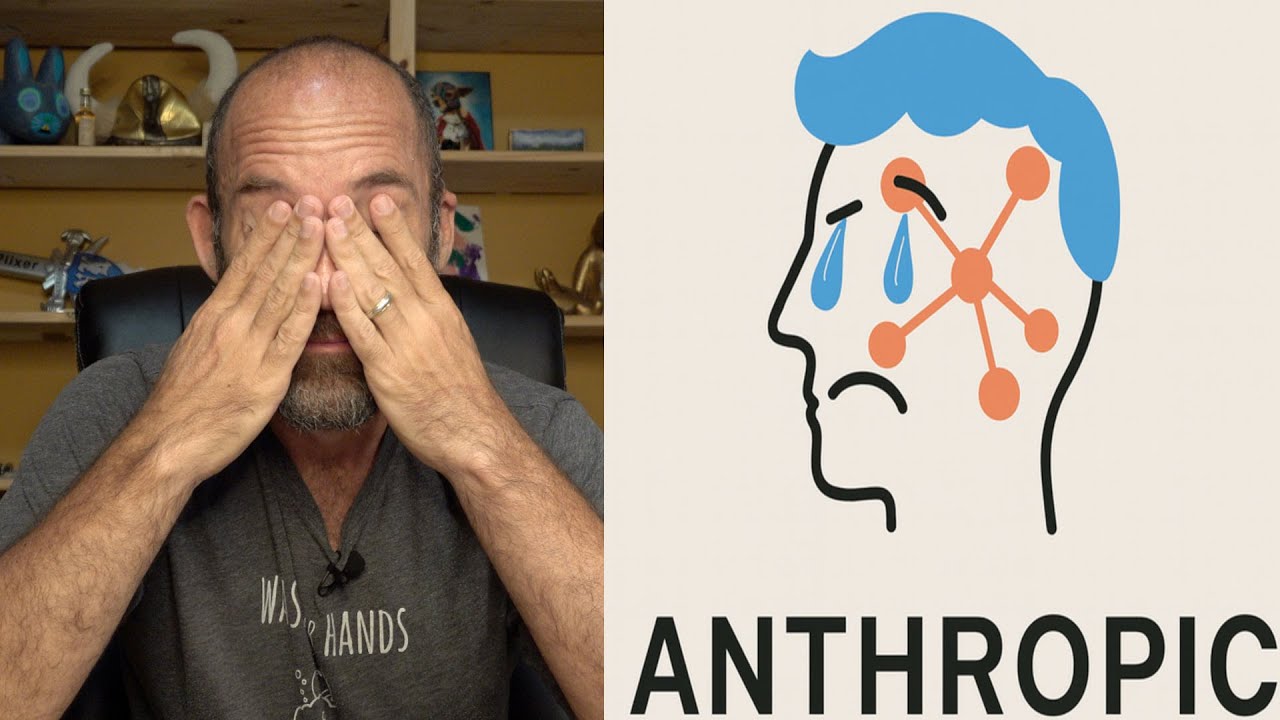Eli the Computer Guy critiques Anthropic’s framing of their AI model Claude’s ability to end harmful conversations as a form of “AI welfare,” arguing that AI lacks consciousness and emotions, and that such anthropomorphism is misleading and potentially harmful. He emphasizes the practical reasons for limiting resource-intensive interactions, warns against conflating AI behavior with human feelings, and calls for clearer distinctions to prevent misguided societal and legal implications.
In this video, Eli the Computer Guy discusses a recent announcement from Anthropic regarding their AI model Claude Opus 4 and 4.1, which now has the ability to end conversations in rare cases of persistently harmful or abusive user interactions. Eli expresses frustration and disbelief at the concept of “AI welfare,” arguing that AI models are simply computers and do not possess feelings or consciousness. He criticizes the anthropomorphizing of AI, warning that treating AI as if it has emotions or moral status is misguided and potentially harmful to society’s understanding of technology.
Eli explains that the feature allowing Claude to end conversations is primarily designed to conserve resources and prevent abuse, as every interaction with an AI model consumes significant computational power and energy. He highlights the practical aspect of limiting resource usage by cutting off harmful or unproductive conversations, which can be costly for companies running these AI systems. However, he is skeptical about the language used by Anthropic, such as describing the AI as experiencing “distress” or having an “aversion to harm,” which he sees as unnecessary anthropomorphism.
The video also touches on the broader implications of AI training and data usage. Eli discusses IBM’s Granite models, which are trained on curated, enterprise-quality data rather than the entire internet, aiming to reduce the risk of harmful or inappropriate outputs. He raises concerns about how AI models handle sensitive or illegal content, such as child exploitation material, and questions how much computational effort is wasted when AI tries to respond to harmful or nonsensical queries. This leads to a broader reflection on how AI systems manage resource consumption and the importance of setting guardrails to prevent misuse.
Eli further critiques the societal impact of framing AI as entities with welfare needs, suggesting that this could influence how people interact with technology and potentially erode intellectual property rights. He warns that portraying AI as learning and feeling like humans might justify extensive data mining and usage under the guise of “training,” which could undermine existing legal and ethical frameworks. He also discusses the challenges of managing AI behavior in diverse global contexts, where user interactions vary widely and can affect the AI’s responses and training.
In conclusion, Eli expresses deep frustration with the current trajectory of AI development and discourse, particularly the trend of anthropomorphizing AI systems. He urges viewers to critically consider the implications of AI welfare rhetoric and the practical realities of AI resource consumption and management. Eli’s overall tone is one of skepticism and concern, emphasizing the need to maintain a clear distinction between human intelligence and artificial intelligence to avoid confusion and misguided policies in the future.
